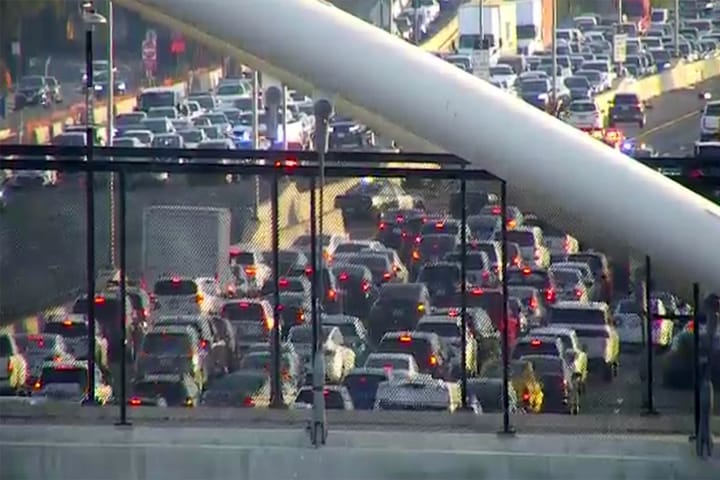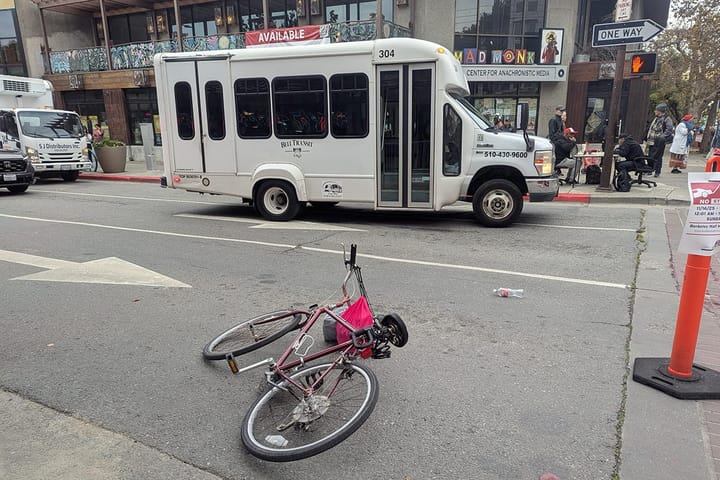Berkeley grapples with second pedestrian fatality in 6 months
A city meeting Wednesday afternoon, July 16, offers a chance for the public to weigh in on Claremont Avenue traffic safety.
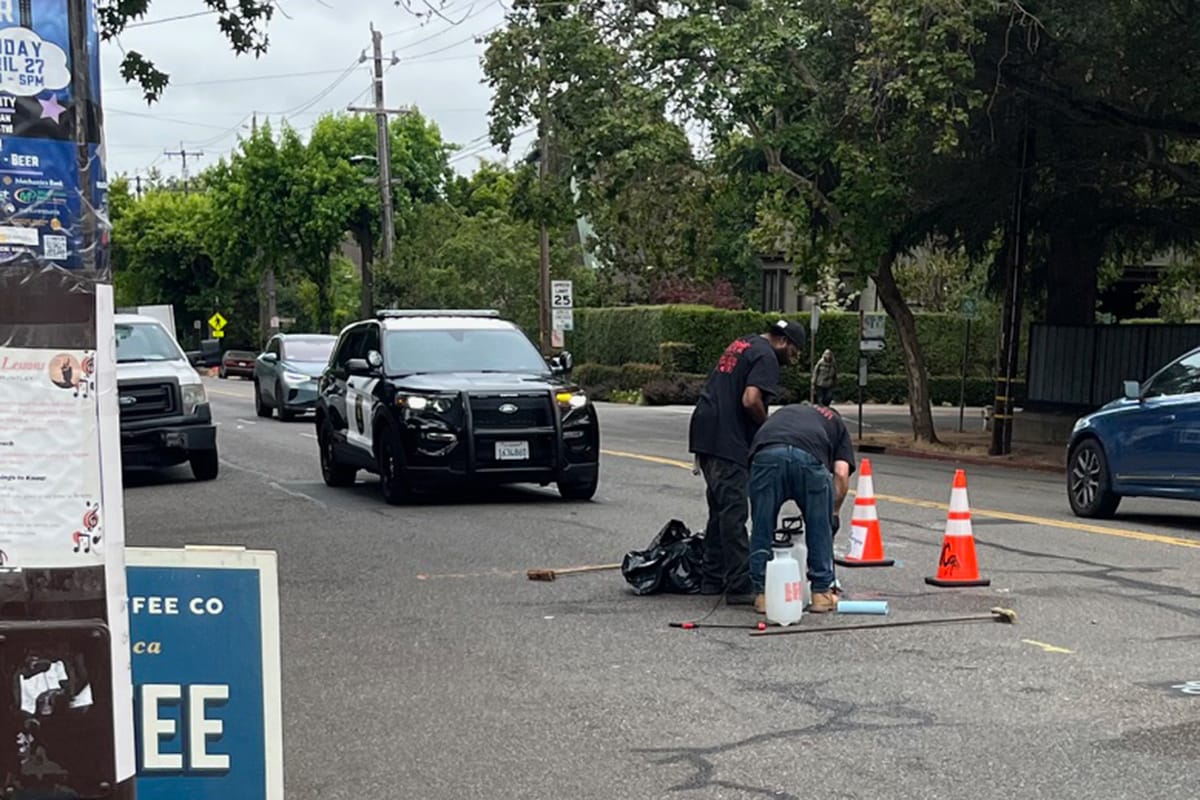
Last week, Berkeley saw its second pedestrian fatality in just six months and, despite city efforts to eliminate traffic fatalities through its "Vision Zero" plan, the numbers haven't changed much.
After fatally striking Roderick Nared, 67, at Claremont Avenue and The Uplands shortly before 9:30 p.m. July 8, the 28-year-old Emeryville driver of a 2017 Hyundai Ioniq remained at the scene and is cooperating with the investigation, Berkeley police said.
The driver was southbound on Claremont Avenue and authorities found Nared in the northbound lane, two car-lengths south of the crosswalk at The Uplands. It is unknown if he was in the crosswalk at the time of the collision.
"Walk Bike Berkeley is deeply upset that a pedestrian was killed… This tragic, preventable death on a known high-injury street again highlights that the city must step up its Vision Zero efforts to eliminate severe and fatal collisions," co-founder Ben Gerhardstein said in a statement.
Nared had no known address at the time of his death, which may have made him more vulnerable to traffic dangers.
Alameda County Health Care for the Homeless reports that homeless pedestrians and bicyclists are 26.6 times more likely to be killed by drivers than the general population.
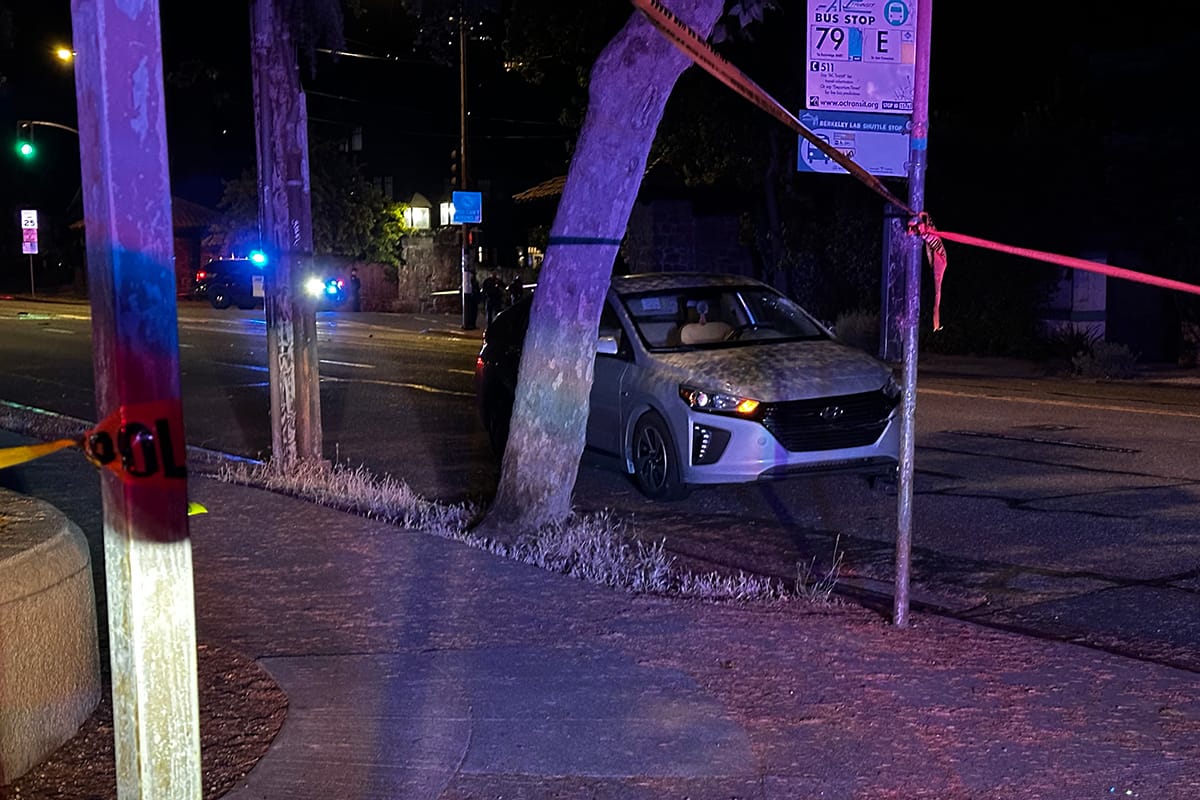
"Rapid response" review now underway
In a public meeting last week, BPD Chief Jen Louis described how the city reviews fatal collisions to determine whether immediate safety changes are needed before traffic investigations, which can take months, are complete.
The city's transportation planner and traffic engineer, BPD traffic commander, city spokesman and members of the city's attorney's office take part in those "rapid response" reviews.
In a recent email to constituents, District 8 Councilman Mark Humbert said it was too soon to say exactly what changes might be needed on Claremont Avenue, which he described as a "dangerous mini-freeway running through our neighborhood."
"The excessive width and four lanes of traffic on Claremont induce people to drive too fast and with too little regard for people walking and biking," he wrote. "I am determined to move forward with changes that will slow traffic and improve safety for all."
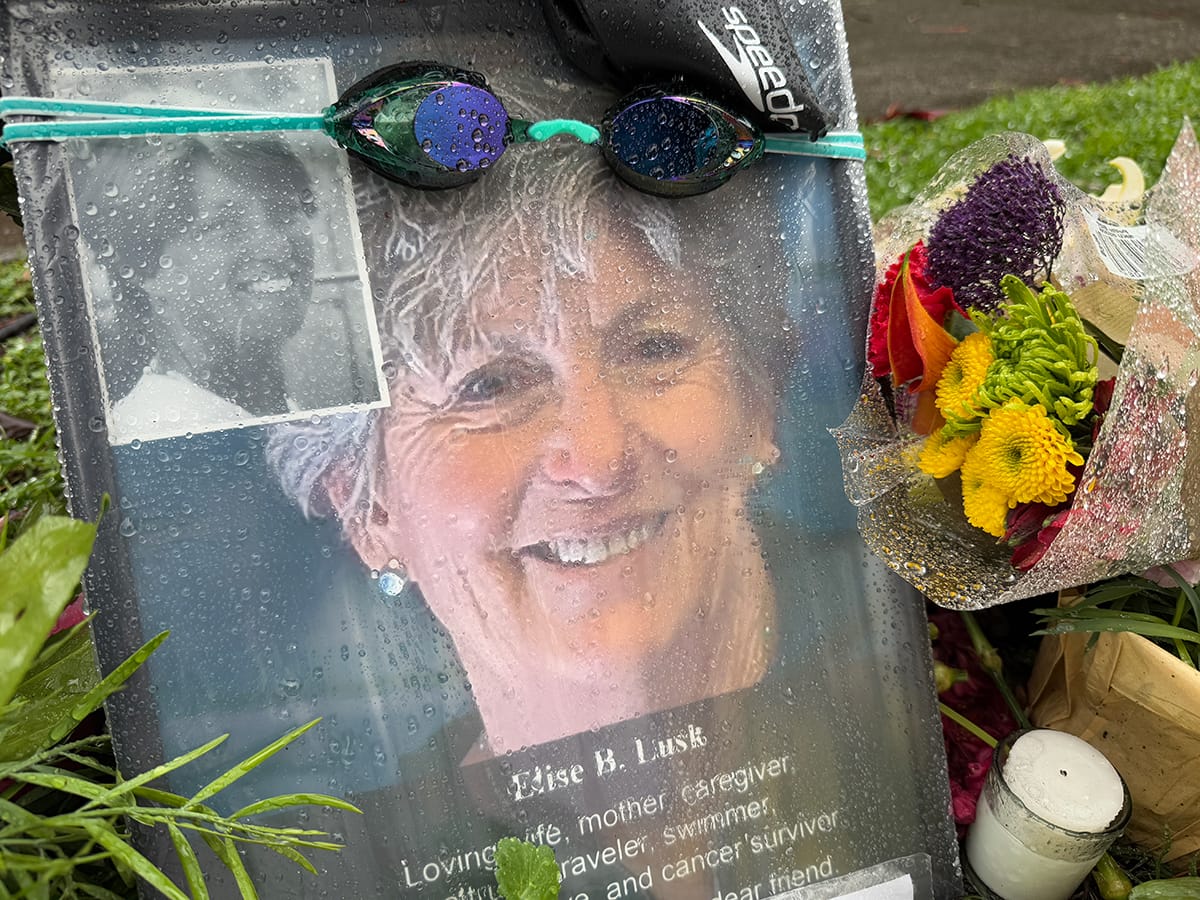
After the fatal collision that killed pedestrian Elise Lusk at Ada and California street in late January, the Berkeley City Council approved a traffic study for barricaded intersections, like that one, that don't have stop signs in both directions.
Humbert confirmed that the Public Works department has since recommended safety enhancements, but not an additional stop sign, for that intersection.
(The driver, an 87-year-old Oakland woman, was not charged in that crash, Berkeley police said this week.)
While Walk Bike Berkeley applauds city plans to improve intersections where fatal crashes have happened, the changes haven't come fast enough, Gerhardstein said.
He said he'd also like to see the city adopt Vision Zero's standard that public works staff participate in fatal crash investigations.
"That isn't yet happening," he said. "Implementing that recommendation would ensure that transportation safety professionals can inform the findings of the investigation and begin thinking about interventions earlier in the process."

Berkeley adopted the Vision Zero Action Plan in 2020 with a deadline to eliminate traffic deaths by 2028.
Back then, Berkeley had on annual average of 2.4 traffic fatalities, according to BPD data.
There were four fatal collisions in Berkeley last year as well as one on the freeway.
In a recent report, the Centers for Disease Control identified a nationwide 50% increase in pedestrian fatalities between 2013 and 2022.
During that time, 27 other high-income countries saw a 24% decrease in pedestrian fatalities.
The report cited U.S. vehicles' increased weight over the years as one of the reasons collisions have become more deadly.
A 2017 Huyndai Ioniq weighs about 3,100 pounds and the kind of car that pinned and killed Lusk, a Chevy Volt, can weigh up to 3,800 pounds.
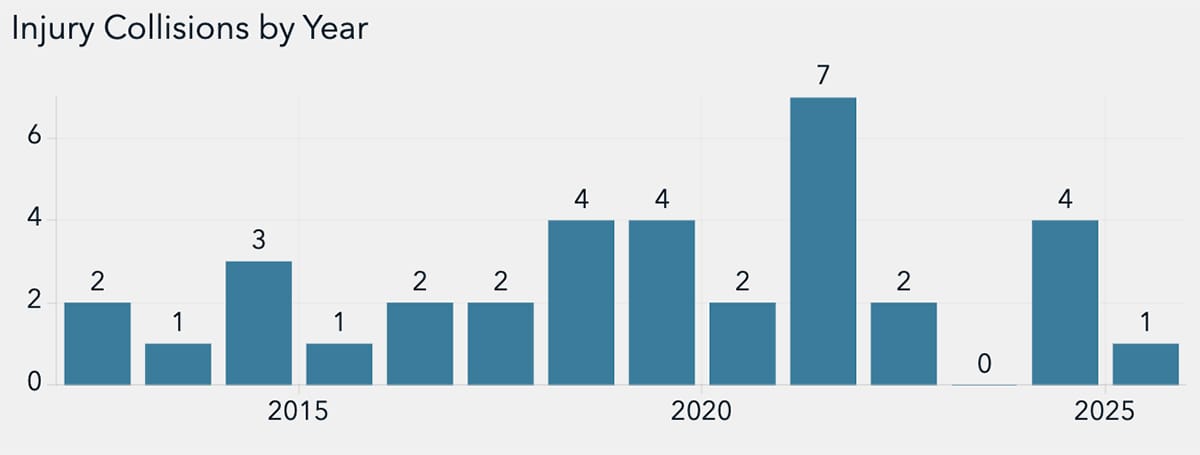
Claremont Avenue speeds have been a problem
The National Transportation Safety Board also cites increased speed as a factor making car and pedestrian collisions more fatal.
The speed limit on Claremont Avenue is 25 mph, but Star Grocery clerk Leland Richardson said he frequently sees cars going much faster.
"Every day, at least 10 times, I hear someone peel down the street. Nobody should be going that fast around here," he said. "[Pedestrians] have become used to it and plan their own safety around it, but it's not something they should have to do."
A few blocks from the crash site, and just over the Oakland border, street safety advocates set up traffic monitors on Claremont Avenue between Mystic Street and Alcatraz Avenue. The sensors typically clock about 15% of drivers going more than 6 mph above the speed limit.
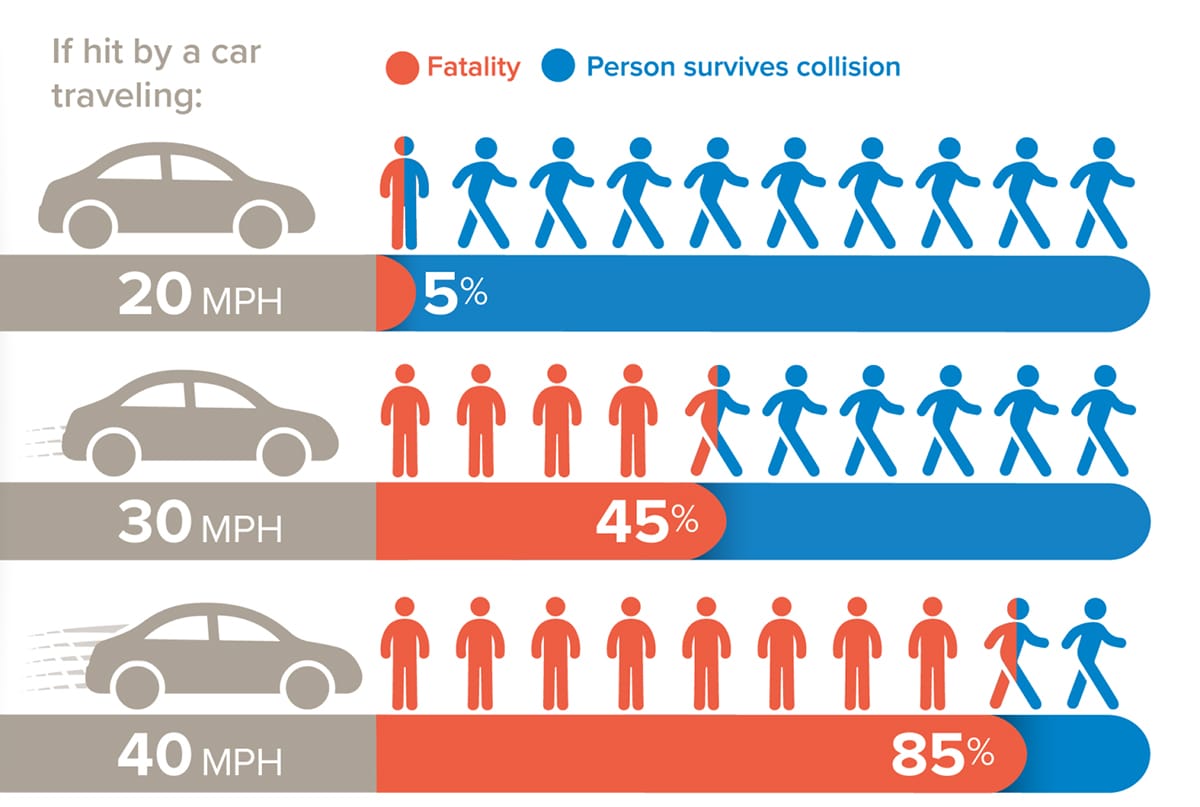
To date, Berkeley has implemented traffic-slowing measures on Martin Luther King Jr. Way with bulb-outs and pedestrian islands.
But, for the first several years of its Vision Zero Action Plan, low funding and staffing hindered broader efforts to improve traffic infrastructure and bike and pedestrian safety.
That may be changing.
In November 2024, Berkeley voters passed Measure FF, a parcel tax to fund infrastructure improvements, with a focus on pedestrian and bike safety. And the city has slated the Berkeley section of Claremont Avenue for repaving in 2027, but has yet to approve a design.
Humbert said that would be the right time to make permanent fixes to the roadway.
But, in the meantime, he added, he pledged to hold a town hall meeting on Claremont safety in the coming weeks and follow up with staff who are part of the rapid response review.
Does Claremont Avenue need a road diet?
Traffic safety advocates point to solutions such as stop signs, speed bumps, pedestrian islands, increased lighting and narrowing or reducing the four vehicle lanes — also known as a road diet — to make room for bike lanes and a center turning lane.
Improvements like these "would help reduce vehicle speeds, making the road safer for everyone," Gerhardstein said. "They would also further the city's sustainable mobility and climate goals. This would be a great use of Measure FF funds."
Some Berkeley advocates said they plan to attend this week's Facilities, Infrastructure, Transportation, Environment & Sustainability meeting to raise these issues.
The City Council subcommittee — which includes Humbert, Terry Taplin and Cecilia Lunaparra — meets Wednesday at 2 p.m. at City Hall and on Zoom.
Last week's fatality occurred too late to add Claremont Avenue to the posted agenda, but residents can still use public comment to voice their concerns.
"Having [the public] come to discuss [their] concerns and demand swift action would be very helpful in helping build pressure to move forward expeditiously," said Eric Panzer, Humbert's chief of staff. "I know it may not seem like this sort of thing makes a difference, but it absolutely does in cases like this."
Read more by contributor Liz Fox on TBS
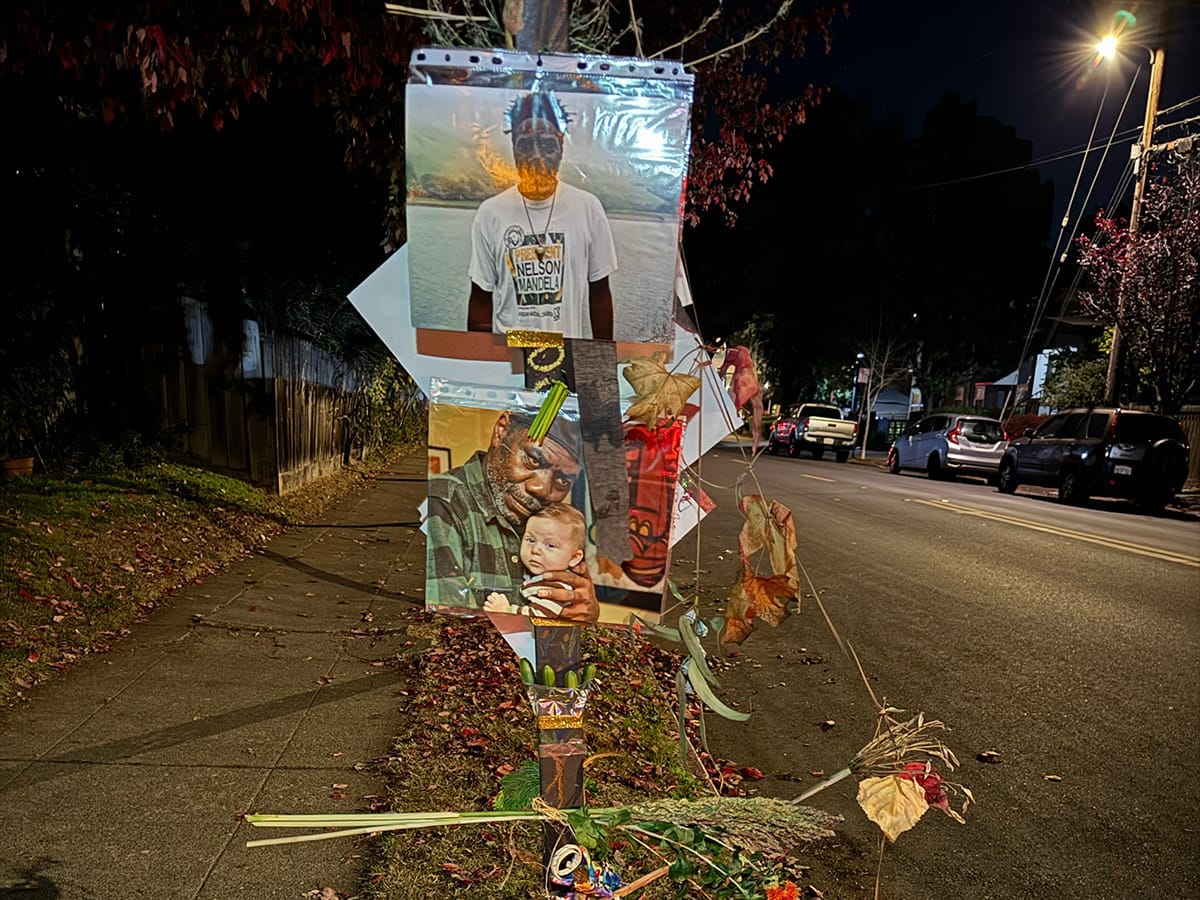
Liz Fox is a Berkeley-based journalist who has lived mostly in the East Bay since 2004. She's covered the ocean, hunger, immigration and health in San Francisco, the Central Valley, Mexico City, Washington, D.C. and New York. She lives to eat.





